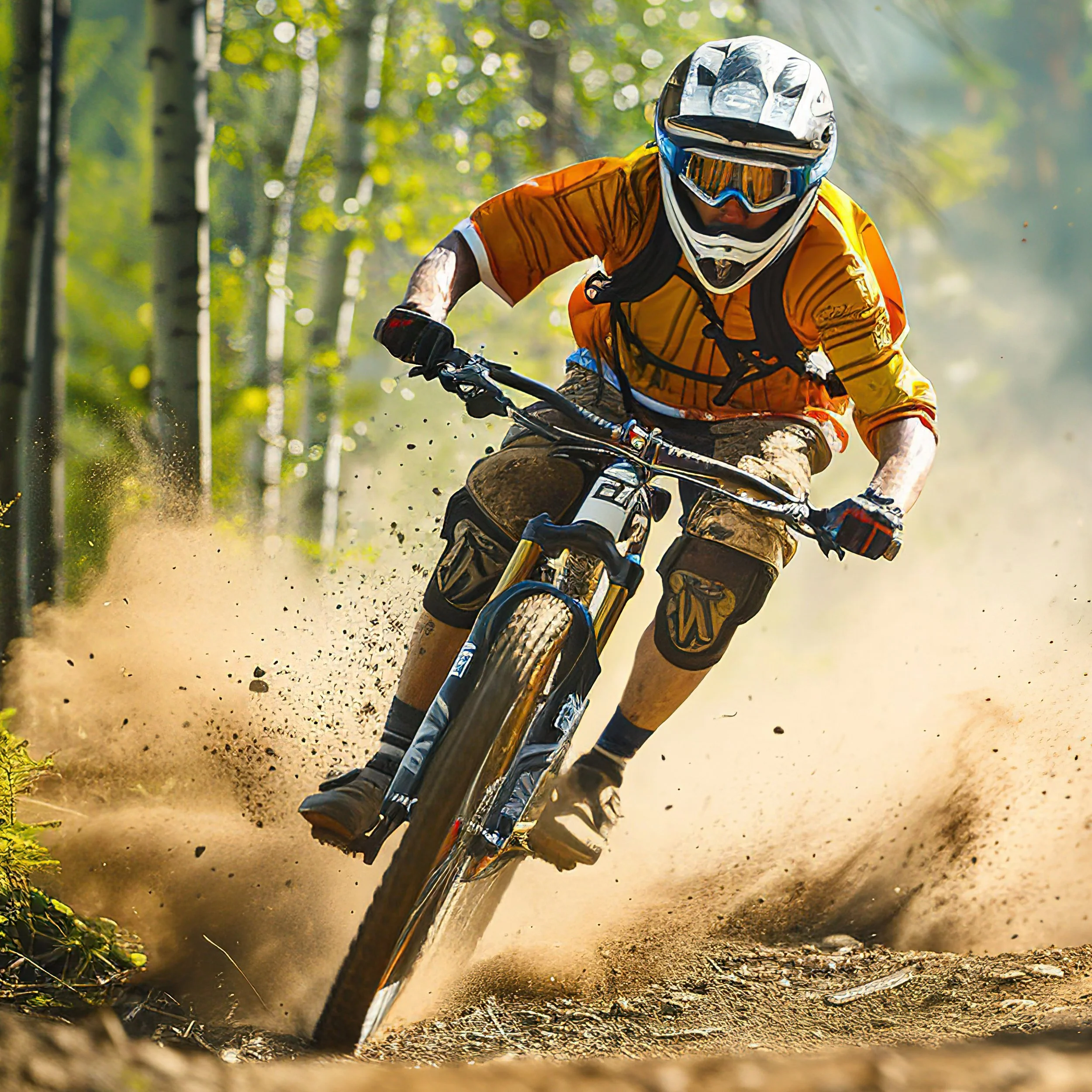Why an Expensive Camera Alone Won't Get You Great Pictures on Social Media
On social media, great promotional images must be aesthetically pleasing to the viewer's eye and, at the same time, authentic to the brand they promote. — Image is courtesy of Uptown Tea Shop.
As a photographer, I love expensive gear. The newest lenses and camera bodies always make my head spin, trying to find a half-decent plausible justification - any will do - to buy them.
As an entrepreneur, however, the business case for spending thousands of dollars on new camera equipment often does not add up when you deal with social media. Unfortunately for the photographer in me, the astute Mr. Reason usually wins this argument.
Why is that?
The answer lies in the workflow and social media's insatiable demand for new pictures.
When professional photographers shoot on location with their expensive cameras, the work isn't over when they pack their gear and head back to the studio, far from it.
Original, unretouched studio photo taken with a Nikon D810 and Zeiss Otus 85mm lens.
Original, unretouched photo taken with a Hasselblad X1D-50c and XCD 45mm lens. When shooting on location, the conditions are often not ideal. However, overcast days offer the most flexibility in post-production.
Original, unretouched photo taken with an iPhone 14 Pro Max. The latest iPhone models have a good enough resolution to professionally retouch them.
Original, unretouched photo taken with an iPhone XR. Even older iPhone models have very good cameras.
Original, unretouched photo taken with an iPhone XR.
Downselecting Reduces the Photos to a Few That Have the Most Potential
After returning to their studios, photographers go through hundreds of photos and select those with the most potential.
Yes, that's right. Professional photographers take hundreds and hundreds of pictures, especially when they work with models or at live events, such as sports and weddings. Even if you shoot products or architecture, you will produce several hundred photos. Shifting the angle just a bit, repositioning the products to reduce overlap, or removing a distraction from the background, make for countless retakes until you get it right. Or at least you think you got it right until you go through the entire photo shoot on the large monitor in your studio. That's when you'll spot the flaws in the shots you thought were great and see the potential in those you took just for fun.
If you are rigorous enough, you'll end up with a handful of photos that are not only photographically good but also capable of telling the story your client is trying to convey.
Final image is courtesy of Lasting Impressions Home Solutions.
Retouching Brings Out the Story
Transforming an image from what the camera has captured to what the photographer wants the viewer to see in the picture is called retouching.
Sometimes I spend a couple of hours retouching a single shot in Adobe Photoshop until I get the result I am aiming for. It can be time-consuming as you don't want viewers to notice slight imperfections.
However, when you get the retouching right, most people think the picture came out of the camera like this because it looks naturally pleasing. That's key. A retouched image is perfect if it doesn't look retouched.
Final image is courtesy of Simply Bougie Luxury Picnics.
It's Often Due to the Retouching and Not so Much to the Camera
You may have noticed from the sample photos in this article that the original pictures taken with a professional camera and those with an iPhone 14 Pro or iPhone XR don't appear to be that much different.
Significant differences emerge only when you zoom into both images.
The amount of detail an expensive camera with a high-quality lens can capture, even in the shadows, is absolutely stunning. I love working with those photos.
But, if your client primarily wants to use these pictures on social media like Facebook, Instagram, or Pinterest, this detail in a photo is less necessary.
Instead, cost and speed are more important because you're going through an enormous amount of pictures when posting on social media every day. In this case, you probably don't have the time, and your client doesn't have the budget to organize a photo shoot for every social media post.
You need to start your workflow with images your client took with a smartphone, select the ones with the greatest potential, and retouch them like you would if you took them yourself.
Final image is courtesy of Simply Bougie Luxury Picnics.
Great Promotional Pictures on Social Media Are Like Eye Candy, But Also Authentic to Their Brand
What makes a great picture in fine art photography may not be the same as photographing fashion, sports, weddings, architecture, landscapes, products, or for posts on social media. They all serve different purposes and audiences that come with different expectations.
On social media, great promotional images must be aesthetically pleasing to the viewer's eye and, at the same time, authentic to the brand they promote. They stand out because they are like eye candy. But they are also easily identifiable as coming from a specific brand because they are consistent with its visual design elements. That's a crucial objective, as social media users typically scroll through their feeds at astonishing speeds, spending only seconds on each post. Success is when, in these few seconds, your image piques their interest enough to engage with your brand.
In order to achieve this signature look and brand consistency, these pictures sometimes have to undergo extensive retouching before they are ready to be posted on Facebook or Instagram.
However, because you need so many to fill the content queue on an ongoing basis, cost and speed become critical constraints.
Unfortunately, an expensive camera wouldn't help with that or improve the image result enough to justify its price.
Final image is courtesy of Simply Bougie Luxury Picnics.




















